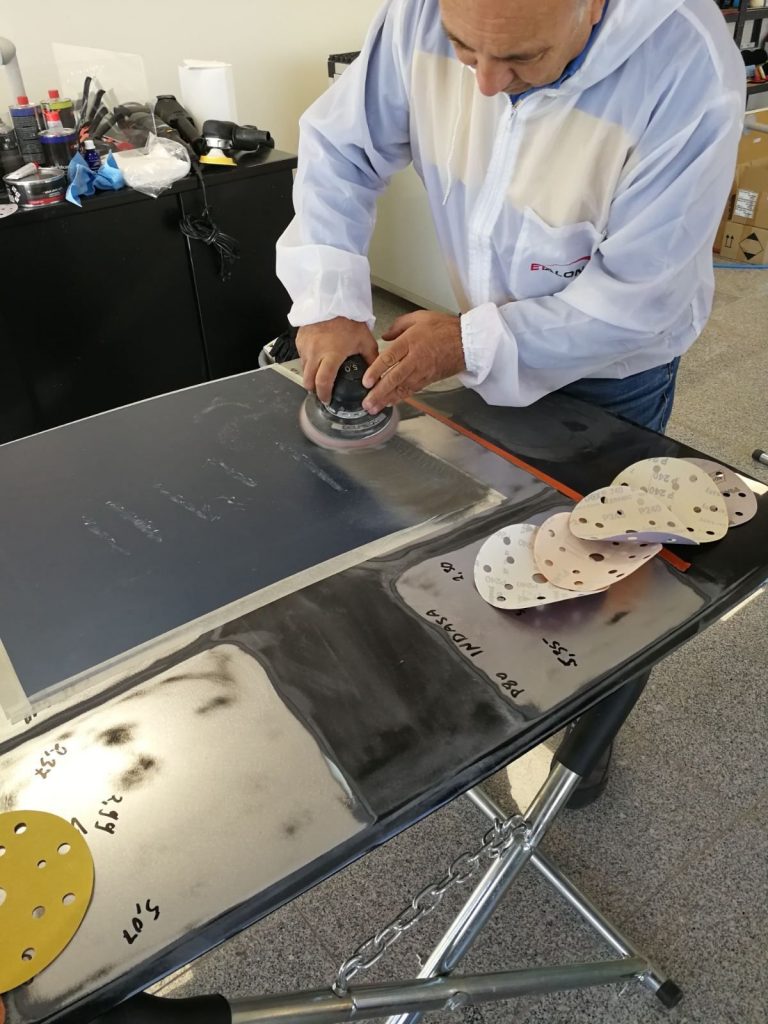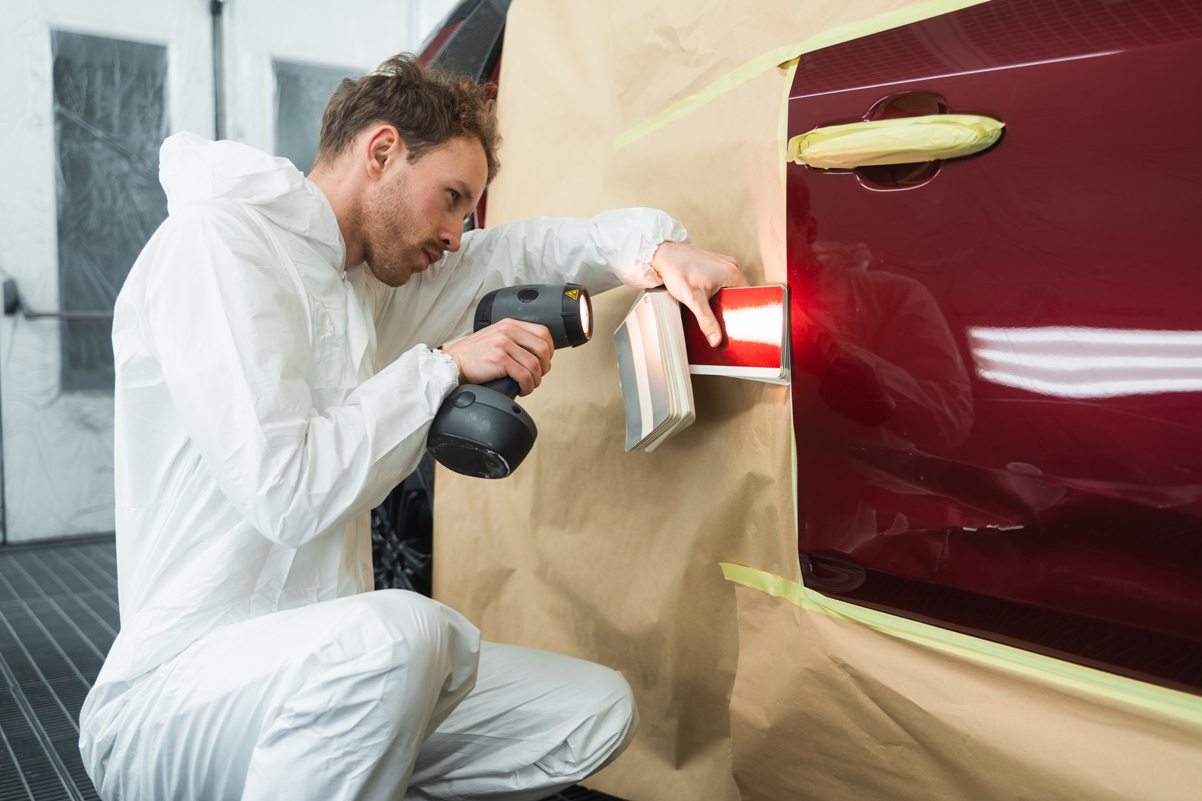When we speak about different aspects of the car body repairs, usually we mainly discuss the quality of the materials, especially chemicals. No doubt, the final result of any refinishing job depends on paint, clear or primer used. However, it is of utmost importance not to forget how important is the preparation stage, including such a tedious task as sanding.
Just after the Christmas holidays, during the paint preparation workshop in the company’s training center, I came across an interesting question from our customer. This quite an experienced painter was testing different brands of abrasives together with our technical specialist. While I was discussing something with one of our sales manager, I overheard a heated discussion between the painter and our technician. The argument was about using P400 abrasive disc with 5mm orbit sander. “I only use 5mm orbit, and there is no need for any other model”, the painter said with confidence in his voice. “All these different orbit sizes are just made to make us buying more unnecessary tools”, he added. If you ever had an argument with a painter, you probably know that they are hard to convince about pretty much anything. “Show me the difference “, exclaimed the painter. Therefore, we decided to give it a try.
The rule of thumb
Probably you know the recommendations of tools manufacturers. For the abrasives with grits from P80 to P180 use a sander with larger orbit of 5-6mm, while for the finer sanding jobs with P240-P600 – orbit of 2.5-3mm. Some of the manufacturers also offer machines with rather big orbit of up to 10mm for demanding paint stripping operations; however this kind of sanding tools are not common. What is usually missed in those recommendations, it is the explanations behind this information.
In reality the theory behind is very simple. A large orbit allows the abrasive to cover bigger surface and to remove the “picks” of the uneven surface faster and more effectively. On contrary, smaller orbit covers smaller area, but more densely, leaving smoother surface.
From our internal tests, we found that 5mm orbital sander with the same abrasive and all other conditions the same, removes up to 20% more material than 2,5 mm orbit. This is very important especially in paint stripping or body filler sanding jobs. On the other hand, finer grits load up less when used with smaller orbits, like 2,5-3 mm. This allows achieving better quality surface at less time.
Take away
The choice of tools and materials is a painter’s undisputed prerogative, however we all should not ignore the common sense and facts. Doubt is good only when it pushes one to explore and search for facts. If facts are obvious, ignorance in this case is unacceptable. Using recommended sanders will save you time and money. Proved!





